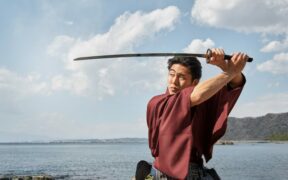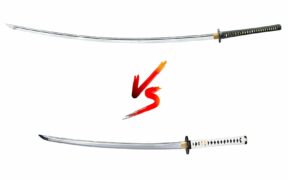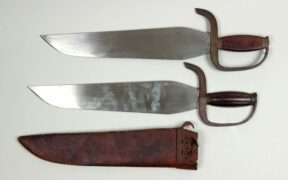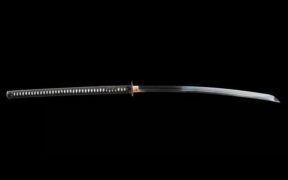Our content features commercial links to our products, committed to transparent, unbiased, and informed editorial recommendations. Learn More
Ninjato Sword Explained: Its Characteristics, Use and History
NO AI USED This Article has been written and edited by our team with no help of the AI
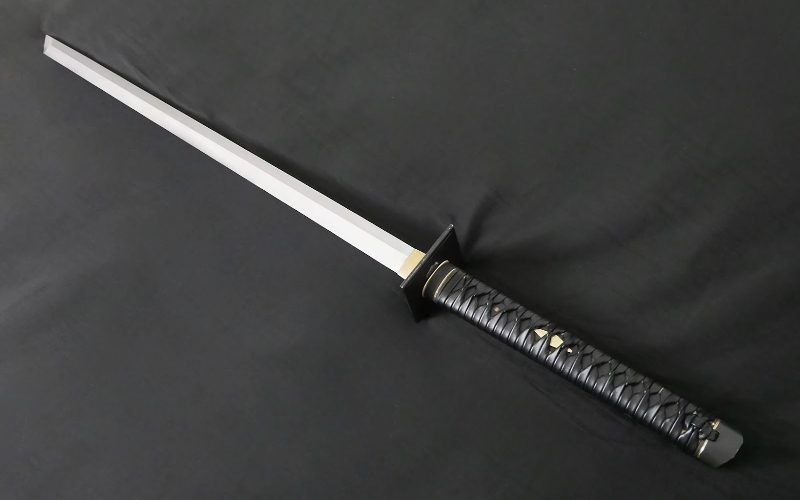
The ninjas were spies and assassins of feudal Japan and were renowned for their unconventional use of the ninjato. They generally used the sword for close-range combat, but it served many purposes in addition to fighting. With sword techniques that greatly differed from the samurai’s, both the ninjas and their blades were elusive and unpredictable.
Let’s explore the distinguishing characteristics of the ninjato, its history, how the ninjas used it in combat, and its modern-day use in martial arts.
Characteristics of the Ninjato
There are several misconceptions about the appearance of the ninja sword. However, any sword that belonged to a ninja could be referred to as a ninjato. Today, popular depictions of a ninjato feature a straight blade and a long handle.
Here are the general characteristics of a ninjato:
Blade
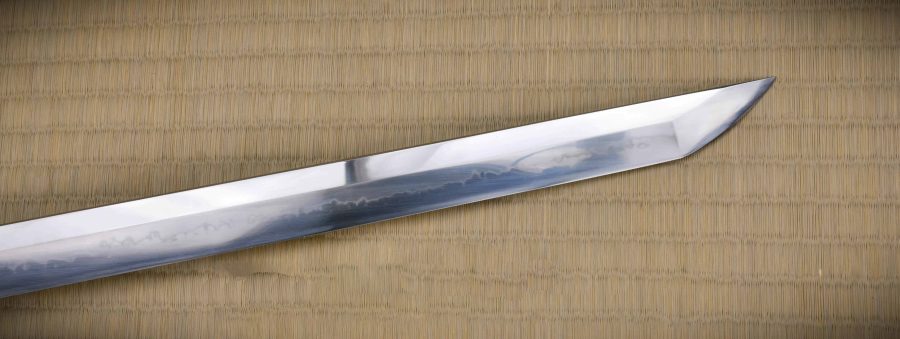
The ninjato is recognized for its single-edged, straight blade and usually has a size of a short sword, between 30 and 60 cm long (11 to 23 inches). A shorter length gave ninjas an advantage when pulling the sword from the scabbard. It also allowed them to travel undetected and fight efficiently within enclosed spaces.
It is important to note that, historically, the ninjas utilized curved blades, and some accounts mention that they used both long and short swords. The ninjas also used stolen samurai swords, such as the tachi, kodachi, katana, wakizashi, and tanto, as well as iron machetes and other blades. They also utilized concealed blades in the form of a stick, the shinobi-zue (ninja cane).
The ninjas had difficulty acquiring high-quality blades and often recovered abandoned swords found on the battlefield. They often turned a discarded broken blade into a useful weapon. Some ninjato were crafted simply and roughly in a home workshop. Regardless of the material and quality, the ninjato served as a multifunctional weapon.
Hilt
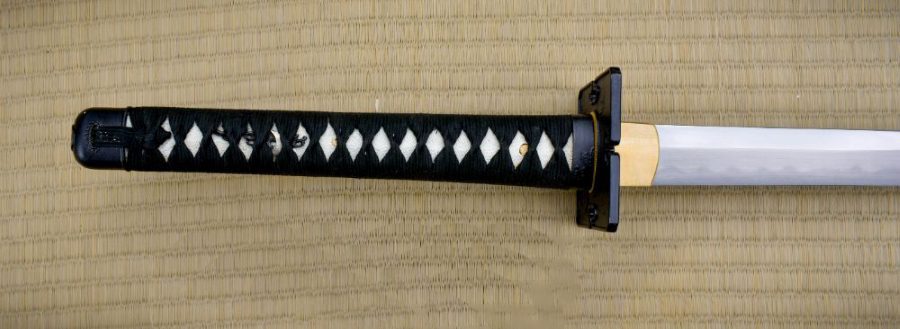
The ninjato traditionally features a long handle (tsuka) and an undecorated sword guard (tsuba). Despite the sword’s long handle, the ninja sometimes used it single-handedly, allowing the other hand to punch, grab, and such while the sword was still in action.
The sword guard was generally forged from a large piece of steel, often depicted as having a square shape, and rarely adorned or engraved. It often served as a foot pedestal. A ninja could step on the tsuba by leaning the sword on the wall and going higher. Sometimes, hooking the tsuba through the branches helped a ninja pull himself higher.
- The ninja occasionally drew the ninjato with his left hand.
Placing the right hand on the sword’s hilt often implied that a warrior was ready to fight. To deceive their enemies, the ninjas usually pulled their swords out from the scabbard using the left hand, striking the opponent’s ribs with the end of the hilt. In some circumstances, a ninja drew the sword behind his back.
Scabbard
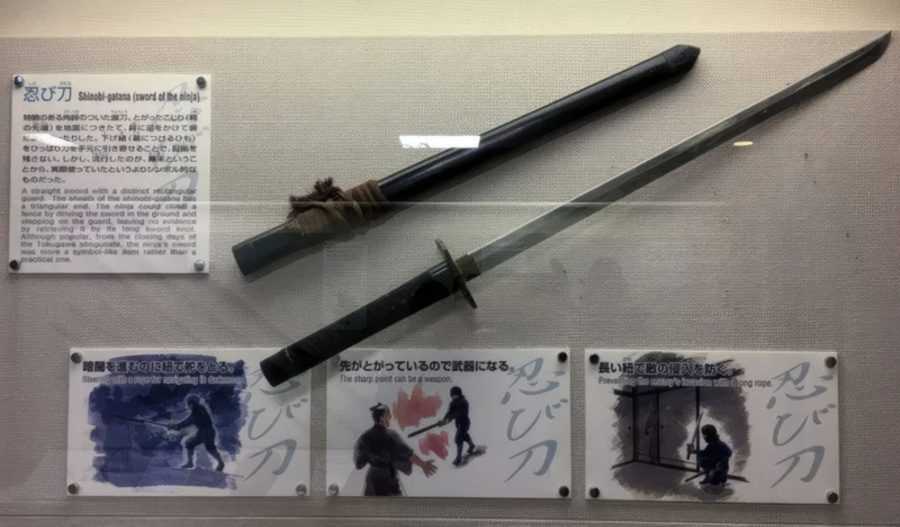
A ninjato usually has a plain, undecorated scabbard (saya). It had a long sageo cord for securing it on the belt and allowing the ninja to trap incoming weapons, such as spears, staffs, or even the hands and feet of their enemies. The ninja usually wore his sword on his left side, held it by hand, and occasionally, on the back or strapped over the shoulder. However, the latter would make executing fast-draw techniques, rolls, and flips harder.
- The scabbard had several unconventional uses.
The ninja sometimes used the hollow space in the scabbard to store blinding powders and explosives. It also served as an underwater breathing tube, allowing him to swim without being noticed. Sometimes, the scabbard functioned as an improvised blowgun used with poison darts.
- The ninja used the sword and scabbard together.
While wielding the sword in one hand, the ninja used the scabbard to block, strike, and swing to confuse the opponent. Sometimes, the scabbard was functional for removing obstacles when moving through bushes, while the sword was ready to be used.
- The scabbard and sageo cord sometimes served as a catapult and a bullet.
The ninjas sometimes launched the scabbard from the sageo, targeting their enemy’s eyes, nose, or stomach. Even though the scabbard did not cause damage, it helped confuse the opponent. The ninjato also functioned as an improvised grappling hook (kaginawa) by attaching a long rope or sageo cord to the tsuba and the scabbard.
The Ninjato in Martial Arts
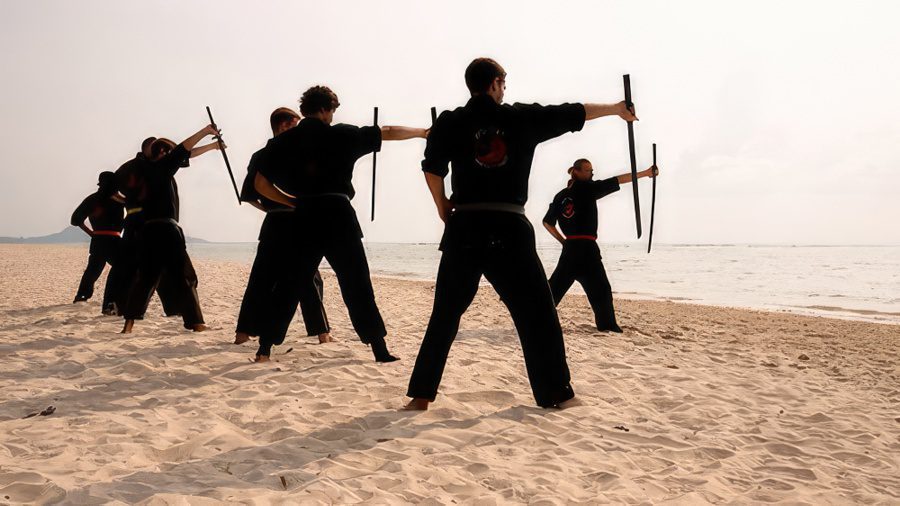
The modern-day ninjas, who train in ninjutsu, preserve the sword techniques used by historical ninjas. They train in sword drawing techniques and cutting skills with live blades. While many use a ninja sword, the cutting skill can be gained with any type of blade. Today, modern ninjas train with every possible type of blade they can find.
In the Bujinkan Martial Arts system, practitioners train in methods for avoiding sword thrusts and cuts, primarily using a shinai (bamboo sword). They also train using a suburito, a heavy wooden sword, to strengthen wrists and shoulders. Also, modern-day ninjutsu consists of unarmed fighting, weapons training, and other survival techniques.
History of the Ninjato
The ninjas used their swords as mere tools, such as a utilitarian bush knife or a pry bar to open a locked door and for other purposes besides fighting. It was contrary to the samurai, who cherished their swords and sought out the finest swordsmiths. The ninjas considered his sword a multipurpose tool and did not attribute any spirit or soul to it.
Etymology of Ninja and Ninjato
The term ninja comes from the Japanese characters nin and ja. Nin means move stealthily and conceal, while ja is the combining form of sha, meaning person. However, the term ninja is a relatively modern name.
The earliest names to indicate ninja included kansai, kanchō, gokan, and yōkan, and these names vary according to the periods, places, families, and other factors. By the Asuka period from 592 to 710, the term shinobi—an alternative reading of the character nin—became popular. Today, the ninja sword is widely called a ninjato, though, in some sources, it is also called ninja-ken or shinobigatana.
There were other alternative names depending on the ninja’s specific role, but the term ninja became the most popular since it is easier for Western speakers. It was first quoted in the Buyō Benryaku in 1684, describing the ninja as people who infiltrate an enemy castle.
The Ninja Sword in Ninjutsu
A ninja mastered various forms of combat and studied the eight fundamental disciplines of ninjutsu called ninja no hachimon or ninja no hakkei. These include sword fighting (ninpo no ken), throwing of blades (shuriken), spear techniques (yari-jutsu), unarmed combat (koppo tai-jutsu), using fire and explosives (ka-jutsu), practical synthesis of breathing and energy (ninja no kiai), cultural pursuits (yugei), such as music, painting, dance, and religious practice (kyomon).
In other schools of ninjutsu, especially the Togakure-ryu ninpo, these eight disciplines are called happo biken, meaning eight secret rules of the sword. Apart from their secret techniques, the ninjas used both long swords and short swords, usually kodachi.
The disciplines in happo biken include: stick fighting (hanbo-jutsu), staff fighting (jo-jutsu and rokushaku-bo-jutsu), spear techniques (so-jutsu), battlefield halberd techniques (bisento-jutsu), throwing four-pointed metal discs (Senban-nage-jutsu), mounted combat (kisha-jutsu), military strategy (gun-ryaku), methods of escape (tonpo); geography, geometry, and distances (chimon), and astronomy (tenmon).
Ninja Training and Swordsmanship
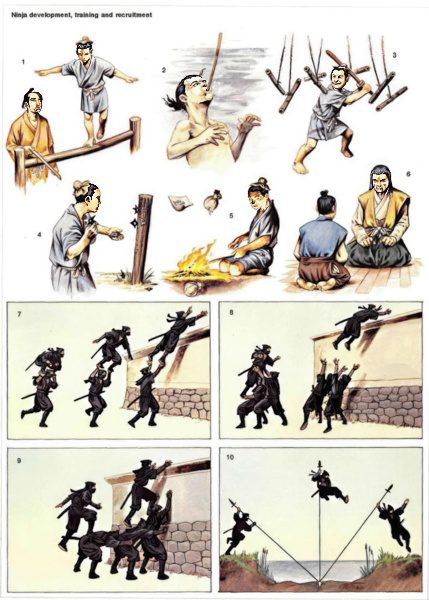
The many years of training prepares the ninja to offer their skills and services to one in power. Historically, ninja families trained their children in ninjutsu from a young age. For instance, at the age of five or six, a child learned the principles of balance by walking on narrow horizontal poles. By the age of nine, a child practiced rolling and jumping.
As a young ninja matured, striking and kicking techniques were practiced, including unarmed self-defense techniques and using the sword and staff. In their early teenage years, the ninja learns blade throwing, chain techniques, breathing underwater, concealment tactics, and such.
In their late teenage years, ninjas learned techniques for climbing walls, entering buildings, and escape methods. A ninja also learned to sketch maps, routes, landmarks, and faces. When ninjas completed their training, they would embark on their first mission.
However, the ninjas were not as concerned with the formal methods of sword combat as were the samurai. Generally, they focused on quickly drawing the sword in defense while using the free hand to control, maneuver, and manipulate the scabbard. Also, the sword skill is practiced in response to a surprise attack, utilizing slashing cuts and thrusting strikes.
The Ninja Sword and Other Weapons
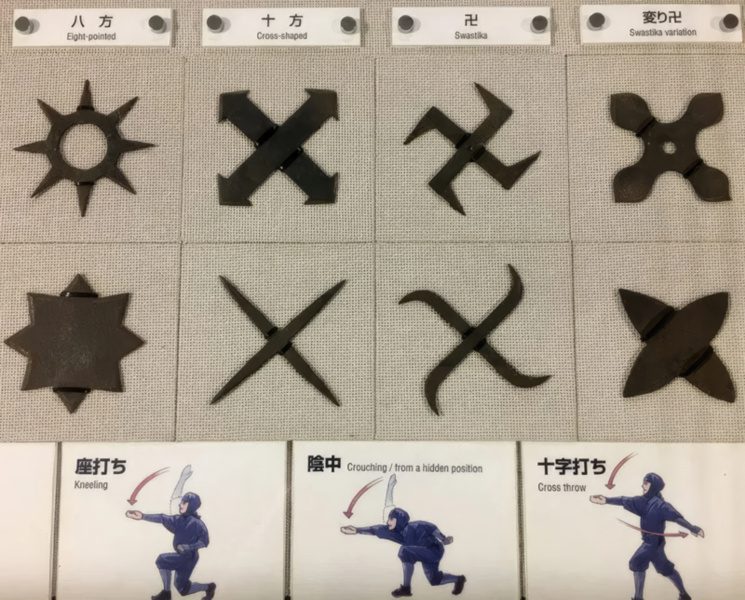
Bladed weapons were the primary fighting tools of the ninjas. While the ninjato was used for close-range fighting, a spear or halberd was preferred to fight at a moderate distance while shurikens were used for distant targets.
Other ninja weapons include concealed blades, throwing knives, staffs, and kusarigama (chained sickle). The kunai was a multipurpose metal tool used to climb walls but was also efficient in close-range combat.
The ninjas used fire and explosives to create diversions. Many ninjas were skilled at making their explosives from natural ingredients, often to take down doors and walls and create force evacuations. In the event of capture, some even used concealed explosives to destroy their facial features—or even take their own lives. Thus, their clan’s identities would remain a secret to the enemy.
